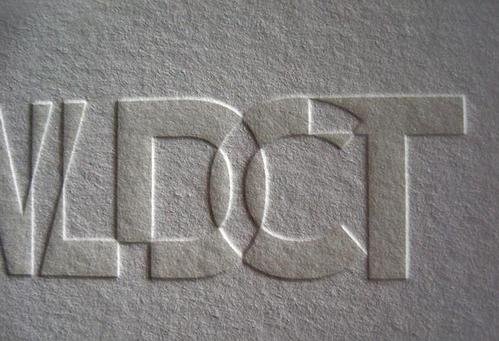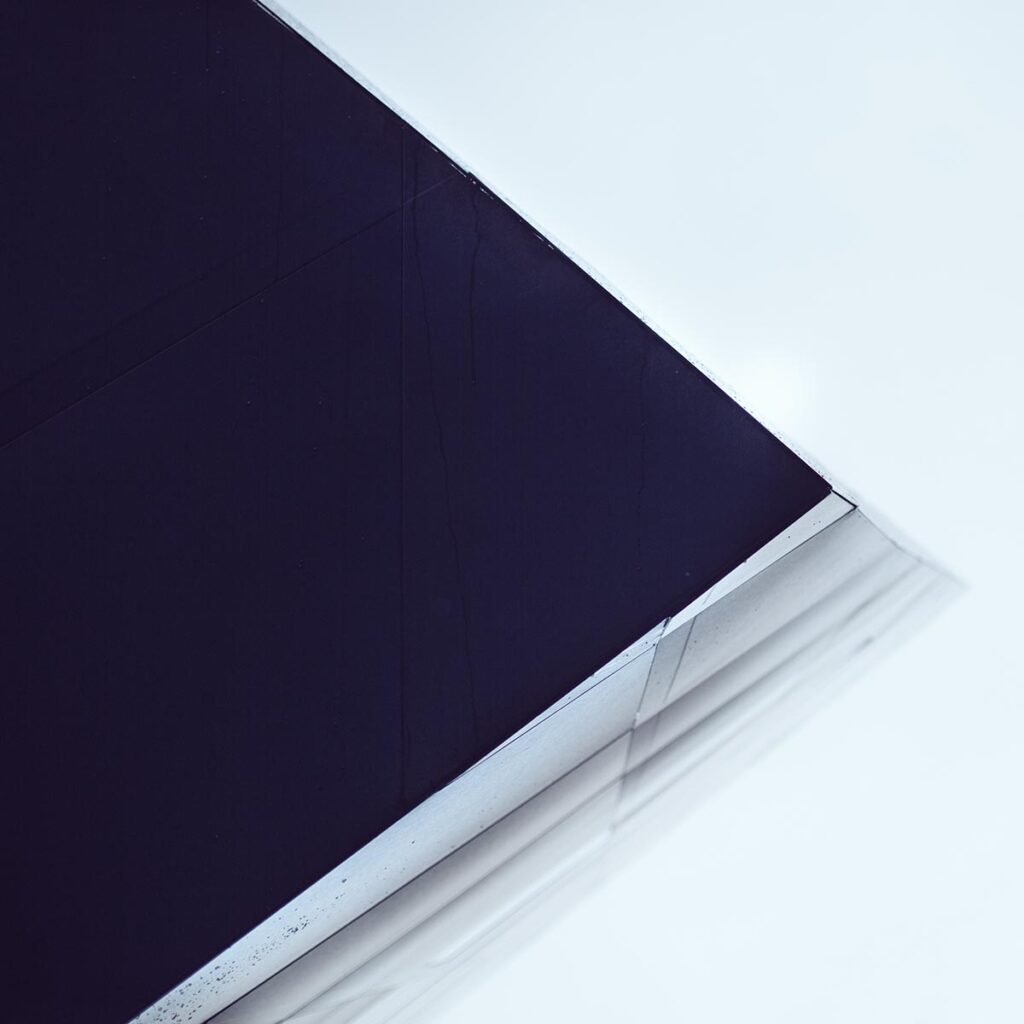Have you ever held a premium art book or an intricately designed calendar in your hands and found yourself captivated by its textured cover? You felt the raised lettering and patterns and instantly knew you were holding something special. This sensory experience—adding a tactile dimension to print products—is no accident but a well-crafted use of embossing and debossing techniques.
Embossing and debossing are printing techniques that elevate or depress designs to create a tactile experience. These techniques add luxury, sophistication, and often a higher perceived value to products.
So, let’s delve deeper and understand what makes these techniques a game-changer in the print industry.
What is embossing/debossing exactly?
Embossing and debossing add a special touch to books and packaging. When you emboss, you raise parts of the paper to make it stand out. This works great for making the title of a book pop or giving a logo some extra attention. Debossing does the opposite; it pushes the design down into the material. This is often used in packaging to give it a sleek, subtle look. Both methods make your book or package feel unique when someone holds it, adding to the overall experience and quality of the product.

How Does the embossing/debossing Process Work?
The embossing and debossing processes bring an extra layer of depth and texture to printed materials, but how exactly do they work? Both start with the creation of a metal die, which is like a stamp featuring the design you want to highlight. For embossing, this die is pressed onto the paper or material from beneath, pushing the surface up and creating a raised effect. Debossing is the reverse; the die is pressed into the material from above, leaving an indented or pressed-down design.

Heat and pressure are usually applied to make sure the design holds its shape. The end result? An eye-catching, tactile feature that adds sophistication to books and elegance to packaging. Whether you’re embossing a company logo on a book cover or debossing a subtle pattern on a box, these techniques offer a tangible boost to your product’s appeal.
What kind of materials can be applied with embossing/ debossing?
When it comes to embossing and debossing, material selection is key. While paper is the most common surface, the possibilities don’t stop there. Let’s dig a little deeper into what types of materials you can use for these processes.
Firstly, paper and cardboard are popular choices, especially for products like books, business cards, and packaging. These materials are easily malleable and hold embossed or debossed designs well. However, the weight of the paper matters. Thicker paper or cardstock often yields better results, as they can better handle the stress of the die.
Leather is another excellent candidate, often seen in high-end notebooks or luxury packaging. The natural texture of leather adds an extra layer of complexity when embossed or debossed, making it a go-to for premium projects.

Plastics and vinyl are also compatible but require a different approach. These materials often need a heated die due to their higher resistance to shape change. This is especially useful for products that will be exposed to various environmental conditions, as the design is less likely to fade or degrade over time.
So whether you’re looking to add a tactile touch to a book cover, business card, or even a leather-bound journal, your material options are broad and varied, giving you the flexibility to match the right material with your specific project needs.
Can you combine embossing/debossing with other printing and finishing methods?
Certainly, embossing and debossing don’t have to stand alone. In fact, combining them with other printing and finishing methods can result in a product that’s not just eye-catching, but truly memorable. So, what are some ways to take your embossing or debossing to the next level?
One popular approach is to combine embossing with foil stamping. Imagine a book cover where the title isn’t just raised, but also shines in gold or silver. This dual technique offers an added layer of sophistication and is often used in special editions or luxury packaging.

Ink and embossing also go hand in hand. You can emboss a printed area to give it more prominence, or you can print over an embossed area for a layered, textured effect. This works particularly well for book covers and business cards, where you want certain elements to stand out.
Digital printing techniques like UV printing can also be combined with embossing or debossing. The UV ink adds color and detail, while the embossed area adds depth and texture. This combination is frequently used in high-quality packaging where brands aim to create an immediate impact.
In a nutshell, combining embossing or debossing with other methods not only enhances your project’s visual appeal but also its tactile experience, making it much more engaging for the end user. So go ahead, mix and match techniques to create a product that’s as unique as your vision.
What challenges could you face with embossing and debossing?
While embossing and debossing can significantly elevate your project, these techniques come with their own set of challenges that are worth considering. Here are some points to keep in mind:
First, material choice is crucial. Not all materials take well to embossing or debossing, and the wrong selection can result in a less-than-stellar final product. It’s essential to consult with experts, like your printing provider, to ensure compatibility.
- Very Thin Paper: Extremely lightweight paper like tissue paper or newsprint is too fragile to withstand the pressure required for embossing or debossing, leading to tearing or distortion.
- Hard Metals: Materials like steel or hard aluminum are generally too rigid to be effectively embossed or debossed without specialized industrial equipment.
- Glass and Ceramics: These materials are brittle and require very high temperatures to alter, making them unsuitable for standard embossing or debossing processes.
- Elastic Materials: Rubbers and certain types of plastics that have high elasticity might not hold the embossed or debossed shapes well, reverting back to their original form over time.
- Very Small Objects: Extremely small or narrow objects may not provide a sufficient surface area for embossing or debossing to be effective.
- Multi-layered Items: If an item is composed of different materials that react differently to pressure and heat, embossing or debossing can be problematic.
Second, design complexity can be a hurdle. Highly intricate designs may not emboss or deboss clearly, leading to a muddled appearance. Simpler designs usually yield better results, especially on surfaces with natural textures like leather or heavy paper.
Lastly, cost and time should not be overlooked. Custom dies need to be created for each design, which adds to both the expense and production time. And, if you’re looking to combine embossing with other techniques like foil stamping or digital printing, expect the process to be even more involved.
So, while embossing and debossing offer unique advantages, it’s wise to plan carefully to navigate these challenges successfully.
Conclusion
The art of embossing and debossing is more than just a printing technique; it’s a form of storytelling that lends texture to your tale. If used judiciously, these techniques can elevate your products from being just ‘good’ to ‘exceptionally good.’ So the next time you’re pondering how to add that extra ‘oomph’ to your art books or packaging, you know which route to take.
At Huaxin Printing, we pride ourselves on being a one-stop-shop for all your printing needs. With 35 years in the industry, we’ve got the experience and know-how to make your vision come to life. When it comes to embossing and debossing, our in-house manufacturing ensures top-notch quality, whether you’re looking to add flair to your art books or elevate your packaging. We offer more than just print; we deliver solutions that make an impact. Come create something tactile and memorable with us.



